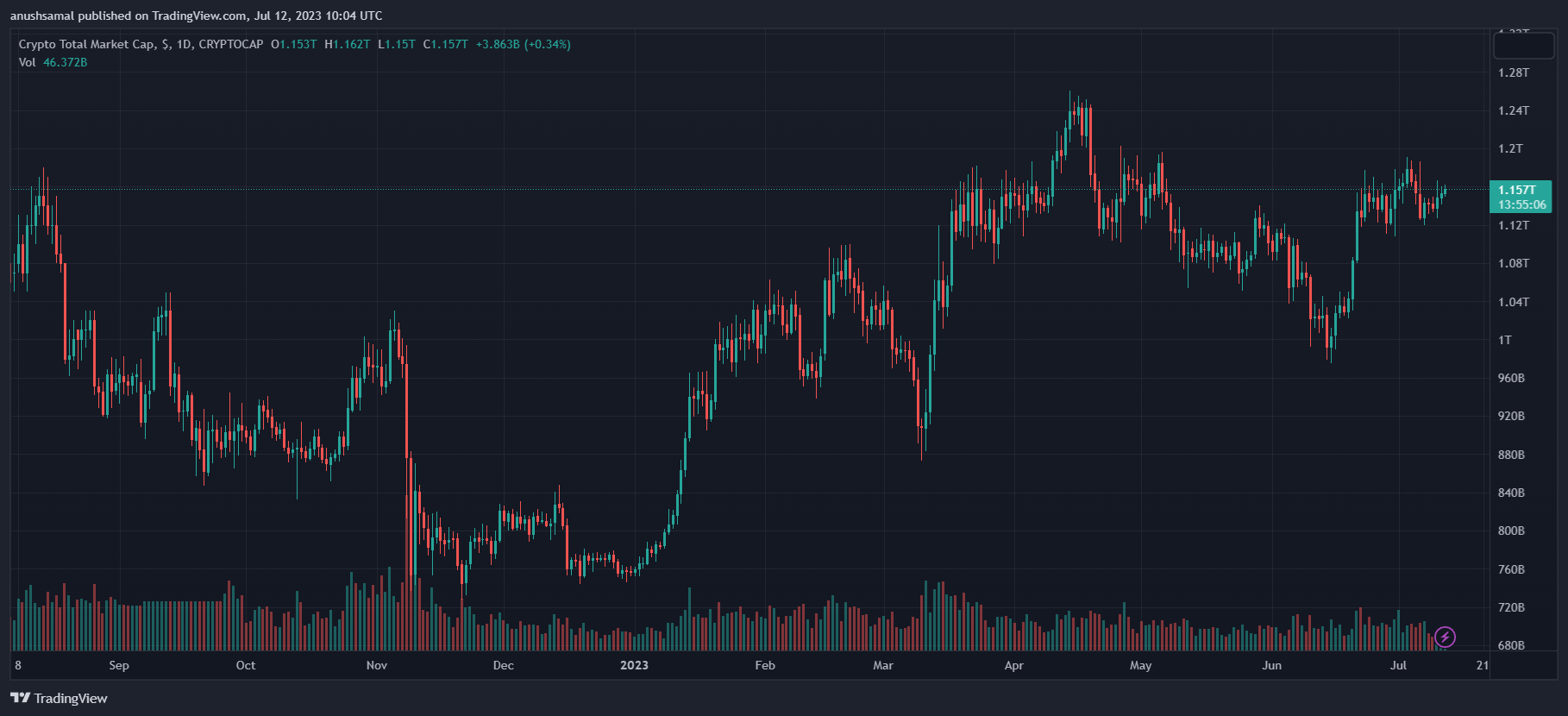[ad_1]
The State Duma, the decrease chamber of the Federal Meeting of the Russian Federation, handed the digital ruble invoice also referred to as Russia’s central financial institution digital foreign money (CBDC) in its third studying on July 11, 2023.
This transfer brings the digital ruble, Russia’s central financial institution digital foreign money (CBDC) mission, nearer to precise implementation. Nevertheless, the invoice nonetheless requires approval from the higher chamber of the Federal Meeting, and the Federation Council, and have to be signed into regulation by the President of Russia. If Vladimir Putin approves the regulation, it could make Russia the biggest nation to formally undertake a CBDC.
The invoice, which noticed its final modification on the finish of June, establishes authorized definitions of key phrases akin to “platform,” “individuals,” and “customers,” and gives normal pointers for the CBDC ecosystem.
Associated Studying: New York District Legal professional Presses Expenses In opposition to Hacker For Exploiting Solana DEX
Talks of a state-issued digital foreign money in Russia have been ongoing for a number of years. In November 2021, it was reported that the pilot program was scheduled to launch in 2022. The digital ruble invoice was launched to the State Duma in December 2022 and underwent its first studying in March 2023.
Financial institution of Russia To Handle CBDC, Confirms Russian Authorities
In October 2020, the Financial institution of Russia, Russia’s central financial institution, revealed a session paper analyzing the idea of a digital ruble over a 12 months in the past.
Within the preliminary session paper, it’s talked about that the digital ruble infrastructure shall be overseen by Russia’s central financial institution, the Financial institution of Russia (BoR). A press launch issued by the Russian authorities acknowledged that BoR shall be accountable for all of the property saved throughout the system.
In accordance with the Financial institution of Russia, the primary goal of the CBDC is to function a way of cost and switch, and it’ll not permit customers to open financial savings accounts.
The Financial institution has additionally highlighted that particular person clients is not going to be charged for funds and transfers, whereas company purchasers shall be levied a price of 0.3% of the cost quantity.
Specialists Warn OF Dangers For Banks In Quick Digital Forex Transition
In February, a subsidiary of a significant Russian government-owned fuel firm, Gazprombank, issued a warning concerning the potential dangers for banks within the occasion of a swift transition to digital foreign money.
Moreover, in accordance to the Russian department of McKinsey, the implementation of the CBDC might lead to conventional banks doubtlessly shedding as much as 250 billion rubles ($3.5 billion) over 5 years, whereas retailers might make an annual revenue of $1.1 billion.
Regardless of the apprehension surrounding CBDCs, a 2022 survey performed by the Financial institution for Worldwide Settlements (BIS) revealed that 93% of central banks are eager about exploring the opportunity of a CBDC in some kind after the survey obtained 86 responses.
In accordance with the Atlantic Council CBDC tracker, as of June 2023, 130 nations have both launched, are exploring, or have canceled CBDC applications.
In a report from the Interfax information company, the primary deputy chairman of the Central Financial institution, Olga Skorobogatova, stated that they’re planning to begin testing a digital model of the nation’s ruble foreign money with customers in August.
Nevertheless, the mass rollout of the digital ruble for all residents of the nation will occur by 2027 and the plan to check the CBDC in a pilot program has been scheduled from 2023 to 2024.

Featured picture from TASS, chart from TradingView.com
[ad_2]
